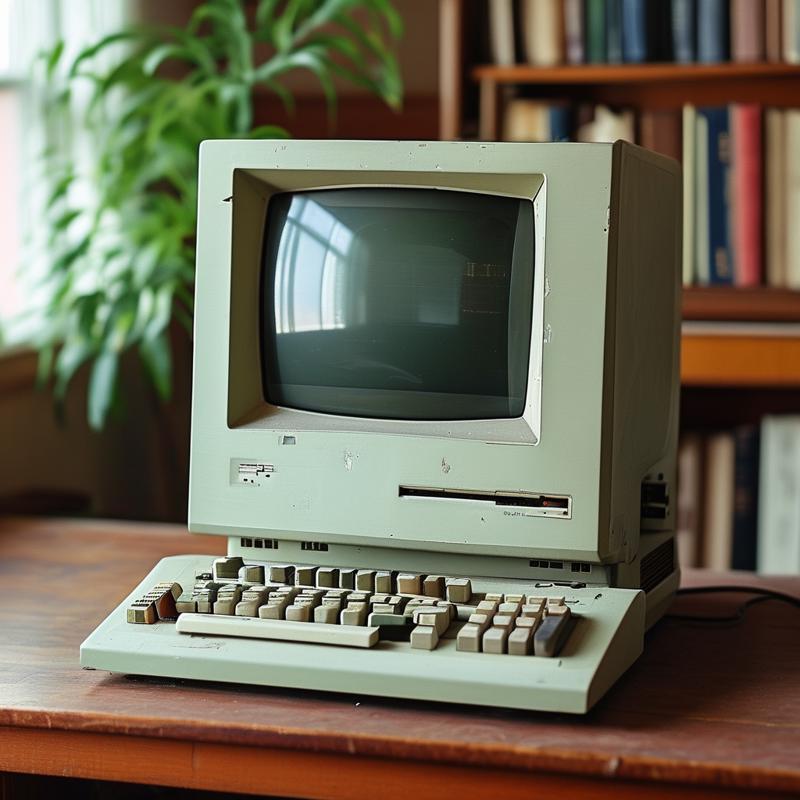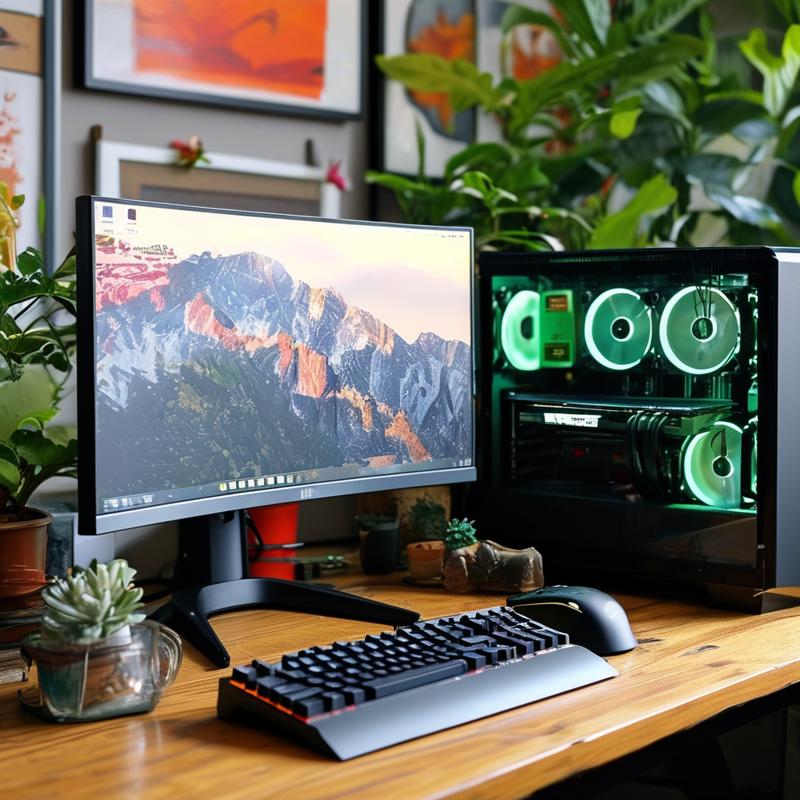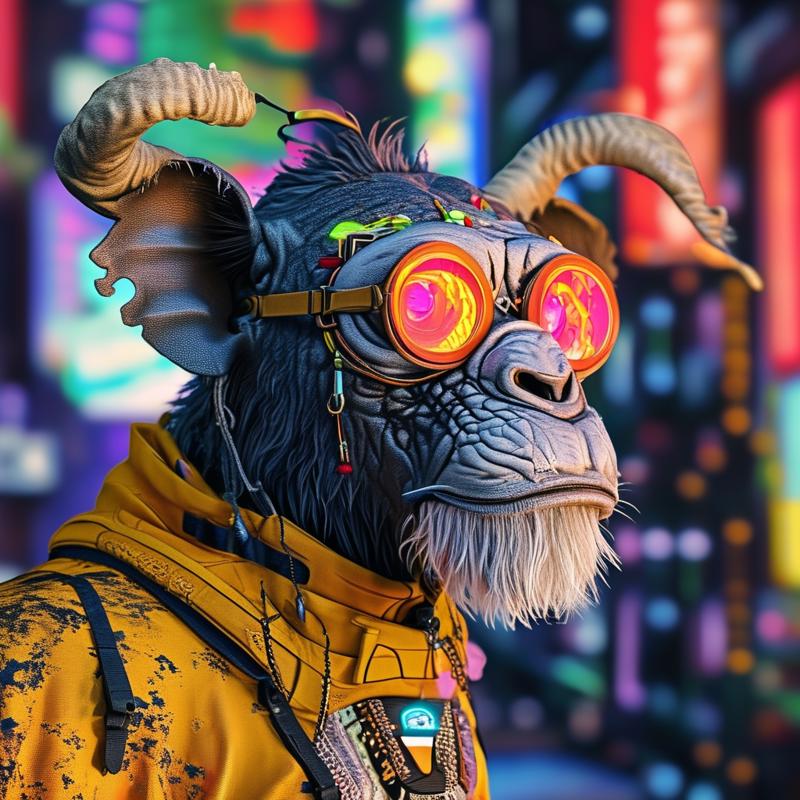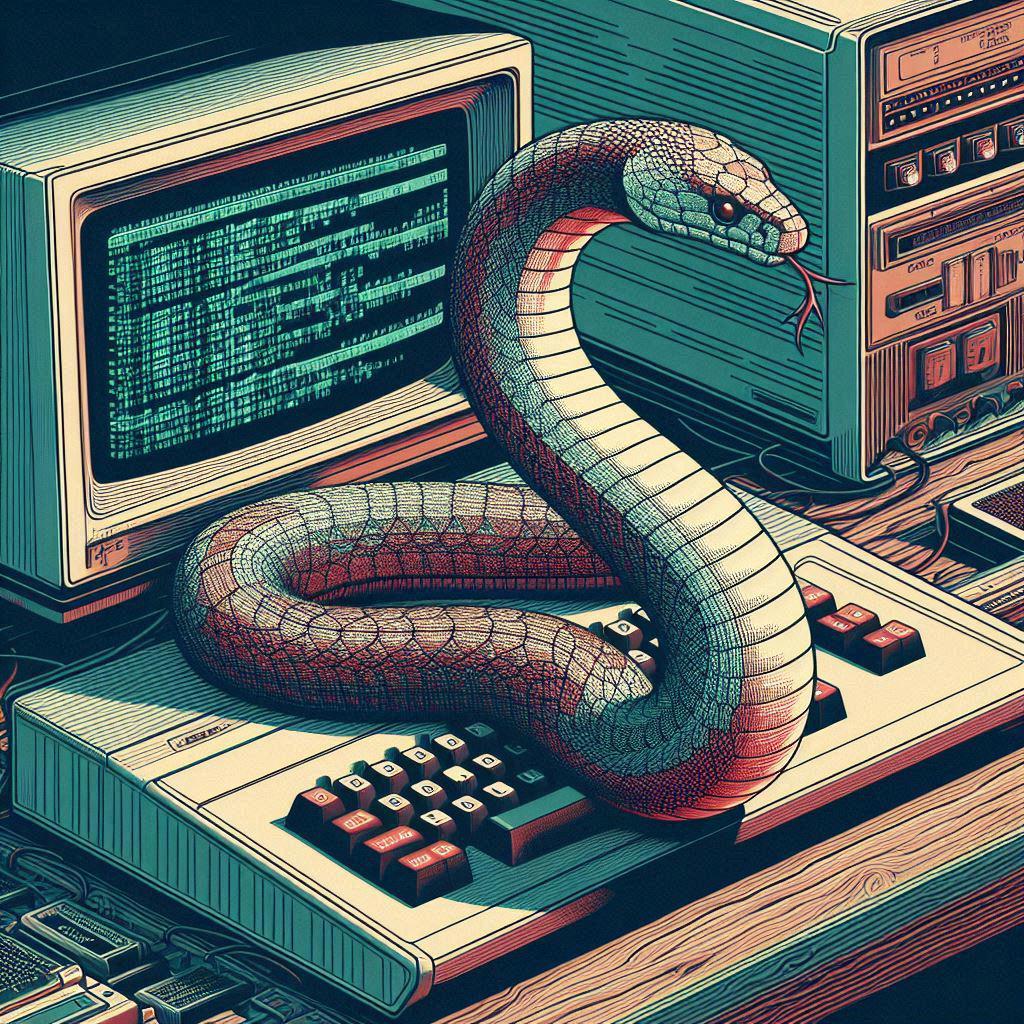Early Beginnings of AI ART
1960s-1970s: The roots of AI art can be traced back to early experiments with computer-generated art1. Artists and computer scientists collaborated to create visual and abstract compositions using early computer algorithms2. One of the earliest examples is Harold Cohen's AARON, a computer program designed to create drawings and paintings1.
Development and Expansion
1980s-1990s: AI art continued to evolve with advancements in computer technology. Artists began exploring more complex algorithms and techniques, leading to more sophisticated and visually appealing creations1.

Modern Era
2000s-Present: The 21st century saw a significant boom in AI art, thanks to the development of machine learning and neural networks1. Tools like DALL-E by OpenAI, MidJourney, and Stable Diffusion have made it possible for anyone to create AI-generated art with just a text prompt3. These tools have democratized art creation, allowing non-artists to generate high-quality images with ease3.

Global Usage
AI art has gained popularity worldwide, with artists, designers, and hobbyists using it for various purposes4. It's used in advertising, fashion, entertainment, and even in creating NFTs (Non-Fungible Tokens) for the digital art market4. Museums and galleries have also started exhibiting AI-generated art, recognizing its cultural and artistic significance3.
Evolution Over Time
AI art has come a long way from its early days of simple geometric patterns to the highly detailed and realistic images we see today5. The technology has become more accessible and user-friendly, allowing for greater creativity and experimentation3.
AI art continues to evolve, pushing the boundaries of what's possible and challenging traditional notions of creativity and authorship. It's an exciting time for both artists and technologists as they explore the endless possibilities of this innovative medium.
Here are some lesser-known FACTS about AI art that might surprise you:
AI Art in Music and Architecture: While most people associate AI art with visual images, AI is also being used to create music, design buildings, and even sculptural works1. These applications show the versatility of AI in the creative arts1.
AI-Generated NFTs: The highest-valued AI-generated NFT sold for $1.1 million2. The rise of NFTs has opened up a new market for AI art, where digital pieces can be bought, sold, and collected as unique assets2.

Spotting AI-Generated Art: It's easier to spot an AI-generated cat than an AI-generated human2. This highlights the current limitations of AI in creating realistic human figures compared to simpler subjects like animals.
User Base Growth: Stable Diffusion, one of the popular AI art generators, surpassed 10 million users a day in October 20222. This rapid growth shows the increasing interest and accessibility of AI art tools.
Copyright Concerns: 89% of artists believe that copyright laws need to be updated to reflect the rise of AI-generated art2. This ongoing debate highlights the legal and ethical challenges that come with this new form of creativity.
AI Art in Museums: Museums and galleries are starting to exhibit AI-generated art, recognizing its cultural and artistic significance3. This inclusion in traditional art spaces marks a significant shift in how AI art is perceived and valued.
AI Art and Human Creativity: Some artists use AI as a tool to enhance their own creativity, rather than seeing it as a replacement for human artists. This collaborative approach is leading to new and innovative art forms.

AI art, while innovative and exciting, does have some potential downsides:
Copyright Issues: One of the biggest concerns is the ambiguity around copyright ownership. Since AI art is generated using data from existing artworks, questions arise about who owns the rights to the final piece 1. This can lead to legal disputes and challenges in protecting artists' intellectual property1.
Ethical Concerns: AI art often uses data from other artists without their consent, which can be seen as a form of exploitation1. This raises ethical questions about the use of someone's work to train AI models without proper attribution or compensation.
Job Displacement: There's a fear that AI art could replace human artists, leading to job losses in the creative industry2. While AI can create art quickly and efficiently, it lacks the personal touch and emotional depth that human artists bring to their work.
Misuse for Propaganda: AI-generated art can be used for malicious purposes, such as creating fake images or videos for propaganda or misinformation campaigns2. This can have serious implications for society, especially in the age of social media.
Loss of Human Touch: Some argue that AI art lacks the authenticity and emotional connection that human-created art provides2. While AI can mimic styles and techniques, it may not capture the soul and personal expression that come from human experience.
Bias and Stereotyping: AI models can perpetuate biases present in their training data, leading to the creation of art that reinforces harmful stereotypes or discriminatory content1. This can have negative social impacts and contribute to the spread of harmful narratives.


